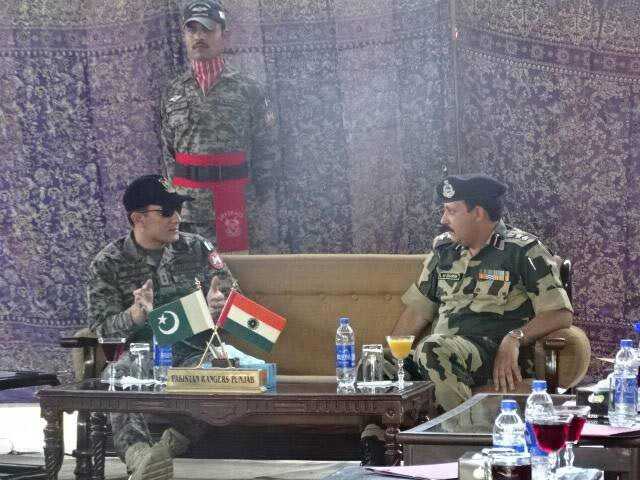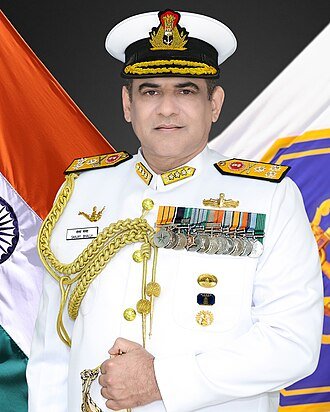As the United States under Trump unpacks its cards gradually pertaining to Asia, Sino-Indian relations could be considerably reshaped. In this scenario, India has a larger scope to emerge as a facilitator of conflict resolution. It can cater to the interests of multiple stakeholders in the region
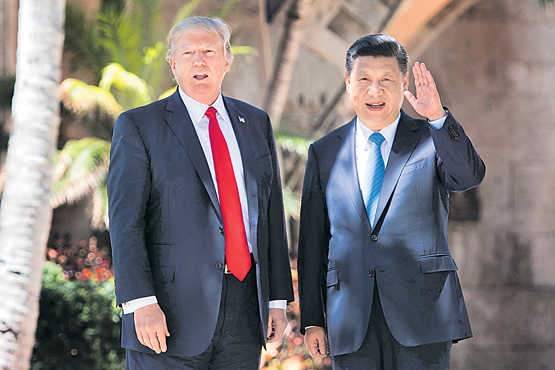 CHINA-US BHAI BHAI?: Chinese President Xi Jinping (R) waves to the press as he walks with US President Donald Trump at the Mar-a-Lago estate in West Palm Beach, Florida. AFP
CHINA-US BHAI BHAI?: Chinese President Xi Jinping (R) waves to the press as he walks with US President Donald Trump at the Mar-a-Lago estate in West Palm Beach, Florida. AFPIN just four months of the establishment of US President Donald Trump’s doctrine on foreign policy, a spate of purportedly “infallible” yet “incoherent” policy stances have impacted Asia. This has markedly influenced the key regional actors — India and China. In the present scenario, it is highly plausible to comprehend an evolving consistency in Trump’s otherwise infamous unpredictability vis-à-vis his bilateral interaction. Previously, from recording a heightening tension between US-China, with Trump’s abrogation of the “One-China” Policy, to the subtle accommodation of Xi’s governance in the region to confront galloping North Korea — Trump has certainly recognised the urgency of “accommodating” the dragon in this region. In a similar vein, Trump viewing India as a natural partner, from Modi’s congratulatory call to Trump, to the recent visit of McMaster, NSA of the US to New Delhi is perceived not just as a strategic partner but as a “hedge” in Washington’s effort to strike a balance in the regional milieu. In this scenario, accommodation of India also garners equal concern from the policy makers in Washington. Accommodation, as understood in the common parlance of international relations, involves mutual adaptation, influence or strategic manoeuvering to curtail the rise of a potential contender —rising power — by a great power, in this scenario the United States. Taking notice of the unfolding Indo-Sino interaction with the United States, partial accommodation and issue-based accommodation fits in adequately. The leitmotif for United States is to secure stronger grounds in the region, while figuring distinctively in the affairs of both India and China.
Trump-Xi bonhomie
Commencing on a rather off-note, the Xi-Trump balance has struck an unexpectable high note, not to mention the welcoming tweets from President Trump to Xi recently. In an effort to “develop friendship” with Xi Jinping, Trump extended trade and commerce ties with the former in their last meeting in Mar-A-Lago. In addition, he also consciously signalled US strength or rather Trump’s insistence on hard power and escalating presence of United States across conflict-ridden region, by bombing Syria at an opportune moment. More than anything, what is remarkable is US’s burgeoning concern in North Korea that is also echoed in China. Over the purported nuclear strike by North Korea, Trump has repeatedly held talks with China and even confirmed to support the latter in their actions over North Korea’s nuclear adventurism. To this end, the NSA Lt Gen HR McMaster confirmed that US-China have reached a consensus over a solution to the North Korean issue. On the other hand, China has found it beneficial to shake hands with the United States over aggressive Kim-Jong Un’s activities. This stands as an instance showing US’s effort to accommodate China on specific issues within its folds — taking cognisance of the evolving trade opportunities in China. On India, Trump’s motif has been to procure strategic leverage as well as to maintain cordial relation as a natural partner, perhaps not visioning a drastic reversal of Obama’s strategy for India. Prime Minister Modi has been pro-actively pursuing greater collaboration and cooperation with the Trump administration spanning sectors like trade, security, counter-terrorism as well as people-to-people links, which have lately been under grave threat. In addition, Trump also envisions India as a pertinent “hedge” to the rising power of China. While opening up its doors to China, US is equally concerned of its aggressive hegemonic presence in the region as well as an attempt to emerge as a global power. Under these conditions, India can be the hedge that not just intercepts China’s undue provocations but also has a cordial relation with United States. However, Trump’s policies pertaining to H-1B visa re-evaluation adds few hiccups to bolstering the Indo-US bilateral relations. Unlikely though the bilateral ties will be considerably less impacted by these changes, keeping in mind India’s larger interest in Afghanistan and Pakistan running in tandem with US’s strategy. Earlier, Nikki Haley in a statement reckoned of Trump’s administration interest to engage in resolving Indo-Pak rivalry as a peacemaker. This adds up to the US’s recent strike in Afghanistan, bombing the Taliban safe havens which signals the US intention to oust extremism in the region and inch closer towards a solution over the Afghan conflict. Furthermore, putting aside speculation, Trump has also claimed to support India’s candidature for the Nuclear Suppliers Group, suffusing fresh air into the entangled NSG negotiations over this issue. Importantly, by confirming US support Trump accedes to back India not just in the NSG but also against China’s opposition — as it surges as a foremost opponent against India in the group. Considering the US-India interaction so far, since the arrival of Trump, it is quite apparent that the US is forthcoming in its engagements towards India. To an extent, it views India as a stronger hedge when the need arises to curtail China’s overwhelming presence. In this regard, Trump has engaged in a partial accommodation of India, while opting for an issue-based accommodation of China. As the United States under Trump, unpacks its cards gradually pertaining to Asia, Sino-Indian relations could be considerably reshaped. In opting for partial accommodation of India, the US confirms to not view India as a possible contender. However, at the same time, the US recognises India’s rising status and material strength globally. In a similar vein, an issue-based accommodation of China by the US implies that the latter is open to accommodating the interests of the Dragon whenever any worse situation befalls, such as North Korea, or even to promote its own interest. However, such issue-based accommodation comes with its baggage of contradictions. While China has earlier sided with North Korea and much of Kim-Jong Un’s artillery has been acquiesced either through China’s aid or Chinese material as its core constituents, Xi’s hegemonic ambitions will not allow US to take it for granted. Also, Trump’s obsession to expand his own interest over national interest, or rather overtly display the strength of America might supersede an opportunity for delivering upon grave situations with a plausible outcome. In this scenario, India has a larger scope to emerge as a bandwagon of conflict resolution — taking up peaceful negotiations and initiating peacemaking to adequately cater to the interests of multiple stakeholders in the region. India will gain significantly by this effort. It will also consolidate India’s “distinctive” status in the global realm as “non-violent”and well deserving of status of a great power.The writer, a researcher at the Observer Research Foundation, has a postgraduate degree in International Relations from the University of Oxford.








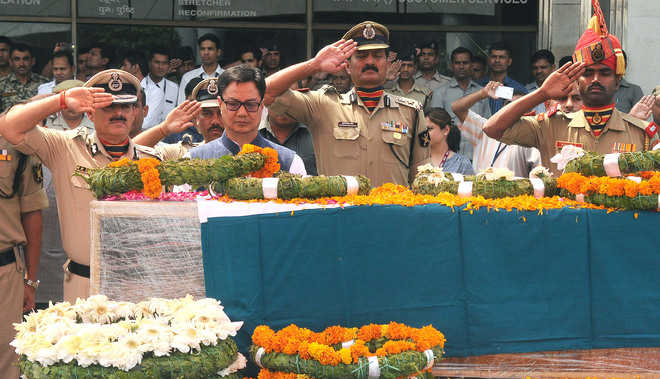


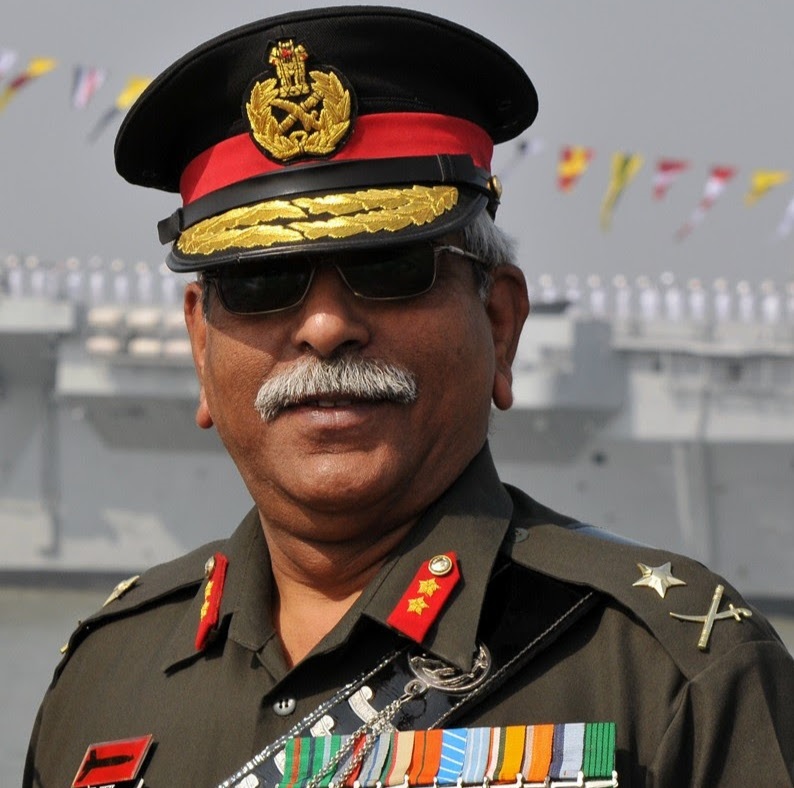


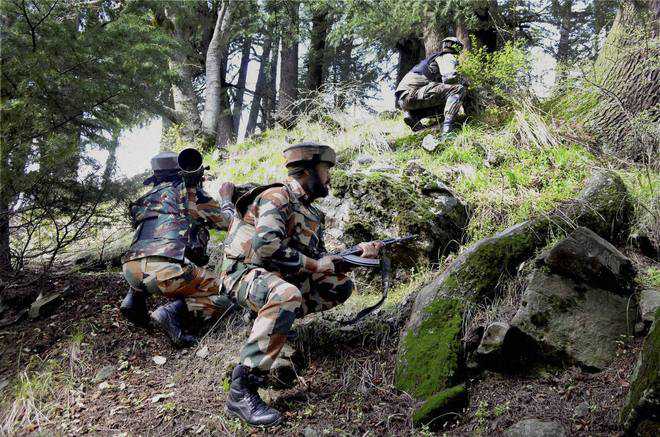
 In Kashmir, the nearly 350-km-long LoC is porous and has many infiltration routes. In the past few years, major infiltration attempts have been being made in the frontier Kupwara district and the sector is the key infiltration route for militants.While the infiltrators are also sneaking in through Baramulla, the infiltration through Bandipora district has been dormant.Sources said that apart from the traditional infiltration routes, militants were sneaking in through new routes in Kupwara district which included Kaobal Gali, Sonar, Kel, Sardari, Ratta Pani, Shardi, Tejian, Dudhinial, Athmuqam, Katwara, Jura, Lipa valley, Lokut Bangus and Bod Bungus.In Baramulla, the infiltration routes are Kamalkote, Lachipora, Nambla forest, Gharhkot and Fatehwali Bahak.Sources said all militants were waiting at the launch pads to sneak into the Valley.
In Kashmir, the nearly 350-km-long LoC is porous and has many infiltration routes. In the past few years, major infiltration attempts have been being made in the frontier Kupwara district and the sector is the key infiltration route for militants.While the infiltrators are also sneaking in through Baramulla, the infiltration through Bandipora district has been dormant.Sources said that apart from the traditional infiltration routes, militants were sneaking in through new routes in Kupwara district which included Kaobal Gali, Sonar, Kel, Sardari, Ratta Pani, Shardi, Tejian, Dudhinial, Athmuqam, Katwara, Jura, Lipa valley, Lokut Bangus and Bod Bungus.In Baramulla, the infiltration routes are Kamalkote, Lachipora, Nambla forest, Gharhkot and Fatehwali Bahak.Sources said all militants were waiting at the launch pads to sneak into the Valley.